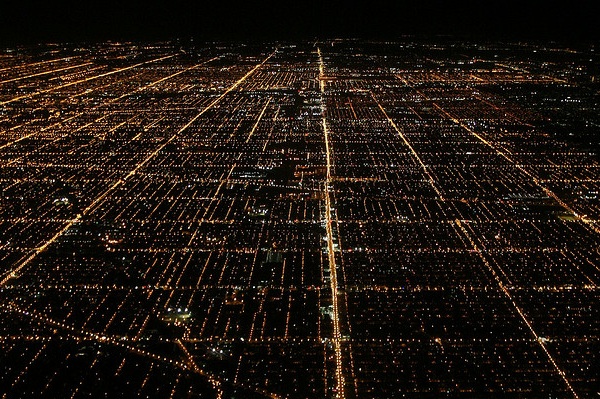Microsoft has come up with an app for people traveling by foot that will route them around areas with high crime rates. This function is being called the “avoid ghetto” feature (not by Microsoft, of course, because they’re not that dense), and it’s, uh, controversial.
As a person who sometimes walks around in cities at night by herself, I don’t think this is a totally terrible idea: as Anna North writes at Jezebel, “women might find sex crime information useful when planning routes,” although “since most rape victims already know their attackers, walking alone likely isn’t when you’re at the greatest risk.” But as Next American City points out, the app has the potential to make high-crime areas worse by blacklisting them:
[T]his feature at best serves to maintain the status quo, highlighting the divide that separates blighted areas from thriving ones, and discouraging people from ever crossing it.
Steering pedestrians away from neglected areas only prolongs their “ghetto” status, denying the attention needed to fill storefronts with businesses and populate streets with enough people to counteract crime.
Nightlife-rich areas can also be hotspots for crime, of course, but there is a strong correlation between poverty and crime rates, and marking those areas with “here be dragons” could discourage growth.
Mostly, it just seems stupid to rely on an app to plan safe walking routes. Crime statistics won’t necessarily keep you safe, and I’d rather walk on a busier street with more crime than a dark street with less. If an app is going to try to help people navigate cities based on safety, maybe instead of “avoid ghetto” it should “seek Jane Jacobian streets” — mixed-use places that will likely have greater foot traffic.




